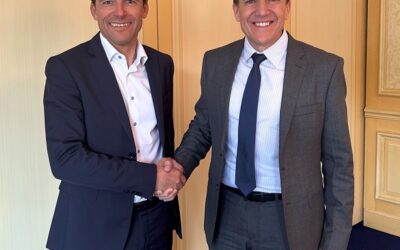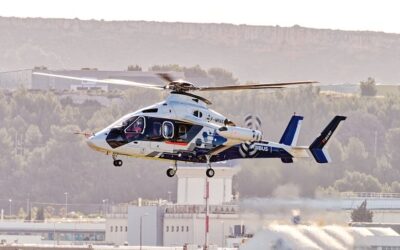Raytheon in discussion with several nations
Evolved SeaSparrow Missile (ESSM) Block 1 has been in production by Raytheon and its supporting international network of industrial partners and suppliers since 2004. To date, well over 2,500 missiles have been procured by the US and 11 other nations in the NATO SeaSparrow Consortium (Australia, Belgium, Canada, Denmark, Germany, Greece, The Netherlands, Norway, Portugal, Spain, and Turkey). In addition to consortium members, three additional nations have procured ESSM through the US foreign military sales process: Japan, Thailand, and the United Arab Emirates. The NATO Seasparrow Project is the largest and longest running cooperative programme in NATO and is celebrating its 50th Anniversary this year.
Raytheon is currently fulfilling a fiscal years 2016-17, multi-year contract for the procurement of additional missiles in support of the US Navy Program of Record.
Beyond the growth of the SeaSparrow customer list, the evolution of the SeaSparrow missile technology baseline also continues. Awarded a contract for ESSM Block 2 Engineering and Manufacturing Development in April 2015, Raytheon Company and its supporting international industrial partners continue the development of the ESSM Block 2 upgrade which is a cooperative effort between the US Navy and NATO SeaSparrow Consortium nations. ESSM Block 2 will remain a “medium-range” missile according to US Navy documents, with the service declining to quantify its range. Brian Burton, Senior Director of ESSM Programs at Raytheon, further noted “ESSM Block 2 development is focused on the addition of a new guidance section with a dual mode Active/Semi-Active X-band radar seeker capable of defeating current and projected future threats within the missile’s existing envelope. ESSM Block 2 Initial Operational Capability (IOC) is scheduled for 2020.”
The ESSM Block 2’s roadmap to achieve IOC in 2020 is highlighted by Guided Test Vehicle flight tests scheduled in 2018.
ESSM is fielded in more than 200 surface ships ranging in size from 70 meter (230 feet) corvettes to 330 meter nuclear powered aircraft carriers. The missile plays an important role in 2018-era naval tactics, being part of a layered defence for some services, or being the primary or only ship self-defence systemme for others – making it a viable acquisition for yet additional customers. Indeed, Mr. Burton added, “Working alongside the US Navy and NATO SeaSparrow Project Office, Raytheon is in discussion with several nations about enhancing their naval ship defence capabilities through the procurement of the Evolved SeaSparrow Missile.”
Raytheon leads a capable international team of 12 world class international industrial partner companies in developing and producing ESSM. The Raytheon Senior Director noted, “The team concept, a programme that requires mutual design and production efforts, develops the industrial bases of all participating countries, uses the expertise and technological skills of each participant, and provides participating nations a return on their defence investment.”
One of many supplier arrangements among the consortium members has Denmark-based Terma, delivering flex harnesses and other materiel to RAM–Systems GmbH, the joint venture between MBDA and Diehl. Denmark is one of the consortium founding members. Final missile assembly takes place at the Raytheon Missile Systems plant in East Camden, Arkansas.
Marty Kauchak

























